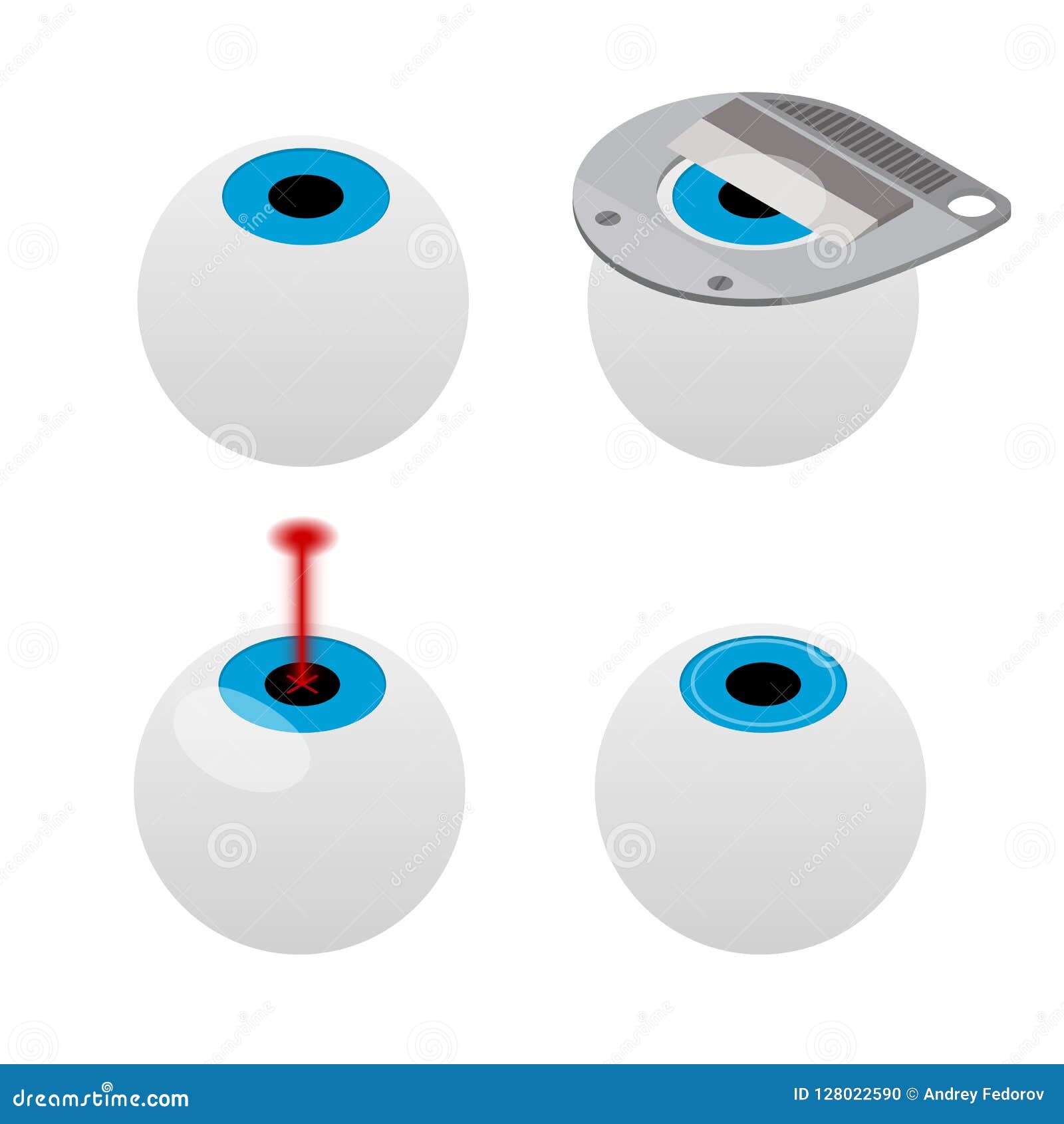As a cataract surgeon, your day starts with a detailed eye exam, where you assess individuals' vision and lens clearness. You know exactly how crucial it is to determine cataracts properly. As soon as detected, you plan for surgical procedure, guaranteeing every information is accounted for. But the obstacle does not end there. The actual trip unravels in the operating room, where precision is vital. What takes place following might define a client's aesthetic future.
The Diagnostic Refine: Identifying Cataracts
When it pertains to detecting cataracts, clarity is vital. You'll begin with a detailed eye exam, where you'll evaluate visual acuity and check for any kind of indications of cloudiness in the lens.
Throughout this procedure, you'll use specific tools, such as a slit lamp, to get a thorough sight of the eye's structure. https://www.healio.com/news/ophthalmology/20210716/reuse-of-smile-lenticules-presents-opportunities-and-obstacles 'll also execute a dilated eye examination to review the lens and retina better.
Collecting your person's case history is critical, as it helps determine risk factors like age, diabetes mellitus, or previous eye injuries.
After assessing the results, you'll establish the visibility and intensity of cataracts. This thorough strategy ensures you give the very best recommendations for treatment, establishing the stage for the following action in their care.
The Operation: Precision in Action
After diagnosing cataracts and talking about treatment alternatives, you prepare for the procedure, where accuracy is extremely important.
You go into the operating room, donning sterile handwear covers and a mask. The individual rests easily under brilliant lights, prepared for the transformation.
You begin by administering regional anesthesia, ensuring they feel no pain. With a consistent hand, you make a tiny laceration in the cornea, using sophisticated strategies to get rid of the cloudy lens.
You thoroughly put the man-made intraocular lens, straightening it perfectly for ideal vision. Throughout the treatment, you keep track of vitals and change as required, keeping focus on the task.
In just a short time, you'll have recovered your individual's view, a rewarding result for both of you.
Post-Operative Treatment: Making Certain Optimal Recovery
Once the surgical procedure is complete, your function changes to ensuring the patient's smooth healing.
You'll start by supplying clear post-operative guidelines, worrying the relevance of wearing the eye shield and taking prescribed medicines. Advise them to avoid massaging their eyes and participating in exhausting tasks.
Arrange a follow-up appointment within a few days to keep track of recovery and deal with any concerns. Motivate clients to report any kind of indications of infection, such as boosted inflammation or discharge.
In addition, go over the relevance of using synthetic rips to reduce dry skin. Support their emotional health by reassuring them that visual improvements may require time.
Conclusion
In a cataract doctor's day, you witness the trip from diagnosis to healing. You see the precision in surgical treatment and the treatment taken post-operation to ensure your optimum recovery. Through this experience, you acquire quality not simply in vision, but in recognizing the whole procedure. The trust established between you and your doctor is important, leading the way for a smoother recovery. With https://dominickojdxq.blog-ezine.com/36510784/what-to-expect-before-during-and-after-cataract-surgery , you're on your means to enjoying a brighter, clearer world.
